With a well-written resume, potential employees can show themselves in a positive light to please the employer. If you are a resident of Japan or would like to submit a resume to that country, learn how to write a resume in Japanese correctly.
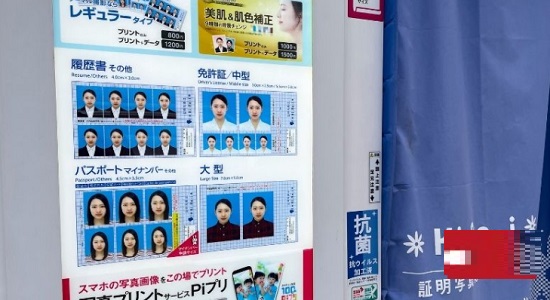
In Japan, CV is called Rirekisho (履 歴 書) .
Unlike resumes in many other countries, Japanese resumes do not include your past work volume and your accomplishments in previous companies. They only include the names of the schools you have attended and the companies you have worked for in the past.
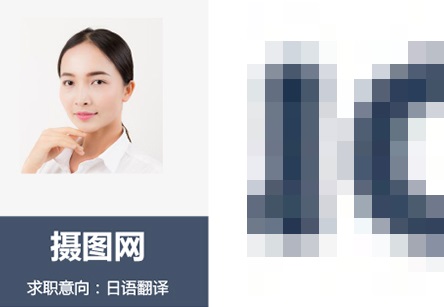
写真 is the place for your photo
Make sure to use a recent photograph (taken no earlier than 3 months in advance) against a solid background and the correct size (usually 4cm x 3cm).
Here you will also need to write the date when you apply.
氏 名 is the place for your name.

Address and phone number 現 住所 ・ 電話
Do not shorten the address, the names of the apartments. For example, write “一» 2 番地 3 号 ”instead of“ 1-2-3 ”. Write both home and mobile phone numbers, if you have both.
現 住所 Your address in Japan
電話 番号 Your phone number
連絡 先 The address where you would like to be answered.
電話 Contact phone number.
学 歴 職 歴 (Learning History)You will need to write your learning history in chronological order, starting in the last years of high school.
職 歴 Work experience.
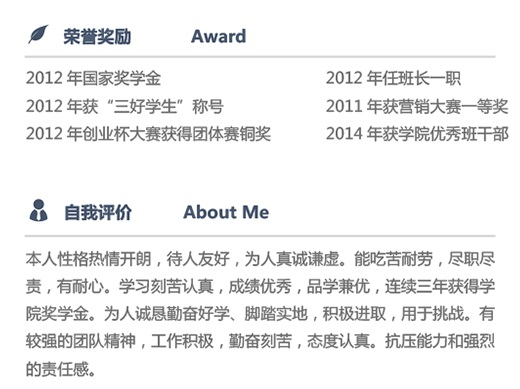
資格 ・ 免 許 Qualifications and Licenses. If you have additional diplomas, driving licenses, or other certified qualifications, you can list them here. You can also list your language proficiency certificates (JLPT, TOEFL, TOEIC, etc …)
通勤 時間 Complete this section with information about how long it takes you to get to your place of work, and the modes of transport, including the stations, by which you intend to get to work.
扶養 家族 数 Enter here how many dependents you have. Remember that if your spouse is employed, then it cannot be considered a dependent.
配偶 者 Are you married? You are married? If so, circle 有, if not, circle 無.
配偶 者 の 扶養 義務 Do you support your spouse financially? If so, circle 有, if not, circle 無.
本人 希望 記 入 欄 (特 に 給 料 ・ 職 種 ・ 勤務 時間 ・ 勤務 地 ・ そ の 他 に つ い て の 希望 が あ れ ば 記 入). If you have special requests such as salary, type of work, hours of work, place of work, you can specify them here.
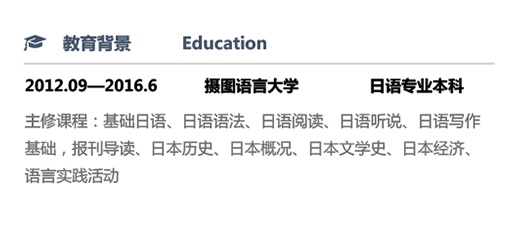
Education and work experience 学 歴 ・ 職 歴
Education and work experience sections are usually found in the same section of the resume. However, you should separate them by writing “学 歴” and “職 歴” at the top of each section in the center.
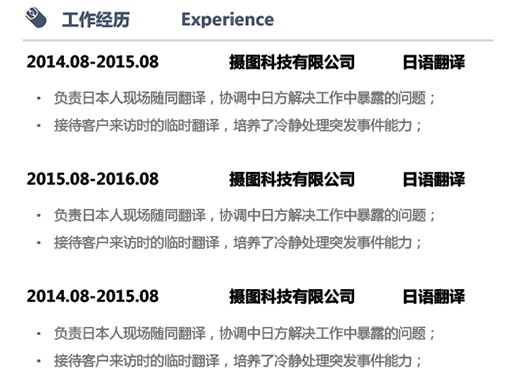
As a rule, you need to write from the earliest place of study / work to the newest one.
In the work experience section, list only full-time positions. Part-time work as a student, etc. is usually not listed.
At the end of the work experience history section, write “現在 に 至 る” if you are still working, and then write “以上” on the next line, right justified.
What is the difference between Cv and Resume?
Unlike a CV, a resume is a more concise document that lists the key, most important points of your professional career. Also in the resume, places of work are indicated in reverse chronological order. Emphasis on experience, skills and achievements can be individually placed for a specific job. Thus, the resume of one candidate may have different content depending on the vacancy.
Ways to write CV
Above, we have provided you with visual instructions on how to write a CV by hand, but if you do not have a lot of free time or are not sure that you will be able to write everything correctly, then applications that can help you come to help.
Resume.io
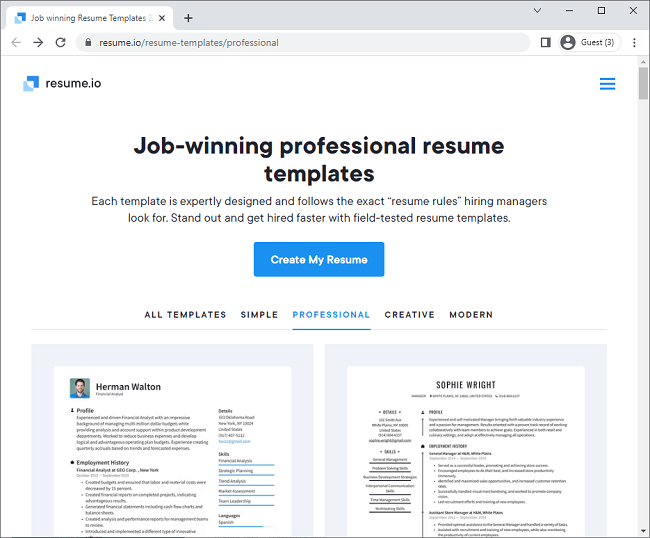
Resume.io is an online resume builder that will help you create a professional and convincing CV quickly and easily.
Resume Maker
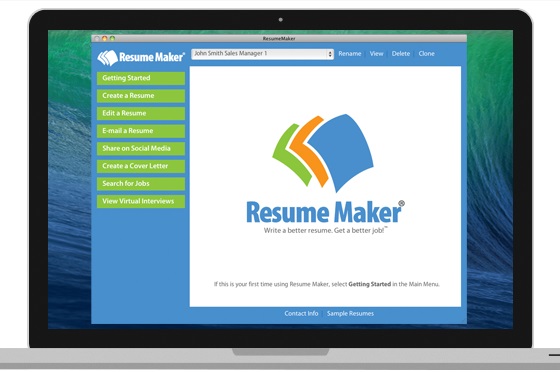
Resume Maker makes writing a professional resume easy for Windows. It provides all the tools you need to write a high quality resume that will get the attention of hiring managers. It can help you write a resume you can use to apply for jobs and share on social media. Use Resume Maker for MAC if you need it.